"LEAN OFFICE" AS A STRATEGIC ADVANTAGE FOR THE COMPANY
Abstract
The article substantiates the feasibility of transition to the concept of lean office as a strategic direction of the company. Lean technology as a phenomenon in management is effective in different areas. The organization of a lean office involves a set of tools to prevent forced losses. In enterprises of different spheres, there are tasks and processes that require efficiency improvement, standardization and simplification. The article describes the stages of the process of creating a lean office, describes the main tools of lean production used in the office, which allow to avoid losses, improve information exchange, reduce costs, improve operations. The consistently improved process of transforming office work into lean gives any organization a strategic advantage over competitors.
Introduction
The term ‘lean manufacturing’ has become commonplace for many organizations over the last decade. ‘Lean manufacturing as management technology has proved to be effective in businesses of almost every area’ [Fabricio T., Tapping D., 2012].
In the situation in the contemporary world lean technology has spread very quickly not only in the production systems, but also in the office. The similar algorithm of application of instruments of the ‘lean technology’ system could be used in the office, as well as in manufacturing. Office processes are specific in nature since the moment of adaptation until the realization of lean technology in the organization.
The main difference between office processes and production is the fact that the creation of customer value generally does not occur in the office. According to the principles of lean technology, processes which do not generate values, are losses which should be eliminated or reduced.
‘Non-production losses in the office include, for example, redundant relocation, queuing, unnecessary document handling and transportation, surplus stockpiles, re-writing (correcting the mistakes), overproduction (unneeded copies, signatures)’ [Tyrnova, E.A., 2015]. Furthermore, major specific losses in office activities are partially harnessing the potential of the labour force and incomplete usage of the creative capacity of employees.
‘Since office activities often do not create value for the consumer, however, work related to the initial stage (placing an order for production) and the final moments (documentation for shipping of finished goods) is undertaken. In this regard, losses in the office can potentially lead to negative consequences including an extension of the time of implementation of the orders, delay and poor management decisions, an increasing product's cost, delay in launching a new product into the market and ultimately bankruptcy.’ [Tapping, D., Dunn, E., 2012].
Effective arrangements for processes in the office make it possible to avoid negative development options of the company’s activities and create competitive advantage involving quality improvement and reducing the costs of production of goods or services, expediting the manufacturing and delivery process, introduction of a new product and reducing the period of it becoming commercially available.
Managers understand the need to reduce costs across the full range of the organization’s activity. As is known, more than half of the costs a company bears in administrative or office processes, not only in production activities. Lean office should be established in customer service departments, economic and legal services, and divisions of information.
Senior executives are aware of the depth of the problem of office losses or non-lean office. However, the late introduction of lean technologies in the office process is fraught with a gap in international competitiveness for the company. ‘In fact, the cost of losses in the office tends to be significantly higher than in production. A mistake made by an accountant or a designer might be much more expensive than a damaged workpiece in production; an hour of downtime of an office worker (waiting for information, consideration, signing a document) is far outweighed than the same downtime in production due to a machine breakdown or a shortage of parts during assembly’ [Tkachyov, I.S., Fedorovskaya, V.V., 2018].
The concept of a lean office offers excellent instruments for eliminating variations that lead to losses. Only a systematic process of transforming office activity into lean technology allows to create a company’s strategic advantage.
The purpose of the article is to identify the importance of applying lean manufacturing technologies in office processes of companies, including:
– the feasibility of introducing the concept of a lean office as a strategic direction of the company. Regardless of the economic sector concerned, there are tasks and processes that are possible and necessary to standardize, simplify and make as efficient as possible;
– describing process steps of establishing a lean office;
– considering lean office instruments used to identify and eliminate losses rapidly and efficiently;
– strengthen the information exchange and coordination at all levels of the organization;
– reduce costs, improve quality and safety of the production of goods or services;
– encourage the improvement of production and give employees the opportunity to implement improvements on their own.
The research is based on scientific works of economists in the field of lean technologies, practical arrangements, priorities and principles for the application of lean technologies.
Attainment of the established objective is based on the principles of dialectical objectivity, positive and normative approaches, induction and deduction. A systematic approach was applied to generalize the complex of instruments of lean technologies in the office, along with the expert method and logical analysis to justify the need of usage of the lean concept in office activities.
Discussion
‘Elimination of losses in office activity should not rely on bottom-up approach – from clerks to top-managers, but a rather top-down approach – from losses at the highest level to the losses of ordinary employees. No matter how lean the operational management process is carried out, it could generally become a loss if the company does not have a strategy and strategic goals or if they are not communicated to the employees, and they conduct their activities the way their predecessors did for many years in a row without considering to whom and why this process is needed, how its result is used and whether it is used at all’ [Rastimeshin, V.E., Kupriyanova, T.M., 2012].
Creating a lean office should be based on the top-to-bottom algorithm, starting with the elimination of executive’s losses at the highest level including losses:
– in concentration (failure to bring goals to the employees);
– in structure (when the structure of a division does not fully maintain key processes);
– in discipline (reduced level of responsibility);
– in a sense of ownership (lack of implementation of basic needs in the process of work: survival, belonging, power, freedom, pleasure, sense of ownership of the work, of the workplace).
A fundamental step in the implementation of a lean office is the involvement of all company employees in this process. When applying lean technologies in the office, arranging joint discussions on the problem areas of the organization and determining priorities are optimal.
Establishing the widespread use of lean production methods and instruments in office processes requires continuous improvement.
It would be reasonable to divide the whole complex of instruments of lean technologies into two groups: those used for identifying losses and those necessary for eliminating them.
The main instruments of a lean office include:
- 5S approach – effective organization of workplaces where cleanliness and order are maintained, sorting of the same type of resources is applied, work standards are being applied and continuous improvements are being implemented;
- workplace standardization – in a lean office all the elements of the workplace, including furniture, office equipment and documentation should be placed according to the established rules for maximum convenience of the staff;
- equalization of the workload. In a lean office, it is necessary to ensure an equal workload on each of the company’s employees. In order to do this, it is advisable to analyze the daily workload of the staff with a view to their redistribution;
- value stream mapping (VSM) – a graphic representation of operations in the process of performing daily office activities in order to create value;
- tact time measurement – calculation the duration of the actions of employees in order to create the finished product or service in the period set by the customer;
- document management system – one of the most important instruments of standardization of forms of documents and the stages of their preparation and coordination;
- Kanban – an instrument for monitoring the necessity of reserves and resources through the use of auxiliary cards system;
- pitch – the optimal amount of time needed to produce a certain amount of work through the value stream. The calculation of pitch lies in the determination of the tact time and the optimal amount of work to move the flow;
- short organization meetings, which are necessary to identify the priorities and overall goals of the company, planning the work for the day. In addition to the practical significance of the setting of tasks, they also have supporting, and motivating impact related to the recognition of the achievements and results of each employee.
Conclusion
It can be stated that nowadays a new economic era has come. Some scientists call this era a time of lean technology. The main features of the modern economic formation are the necessity of effective teamwork, intensity and openness in the exchange of information, elimination of losses, ensuring continuous improvement of all processes.
Lean manufacturing is a complex of mutually complementary and mutually supportive ways of achieving the optimally efficient production of goods, works and services.
The approaches and methods of lean production might slightly vary depending on who uses them and why, but they are based on the same basic principle – the need to eliminate all unproductive expenses and any actions that do not create value in the activities of an enterprise.
The main instruments for creating a lean office are macro-mapping, which helps to identify key business processes and abandon activities that do not add value; 5S – an effective workplace organization instrument that teaches how to identify and solve problems; visualization, giving the idea of the state of affairs at the enterprise (in the office); mapping the value stream, making activities more transparent and helping to see hidden losses; and, of course, Kaizen as a principle according to which employees are given the right, instruments and methodology to identify and eliminate losses, to carry out continuous improvements in their activities.
Instruments described above allow to avoid losses. In conclusion, the lean office toolkit would be useful for any organization. The results of using lean technology in the office are in reducing the cost of paper processes, increasing the amount of work, reducing the number of mistakes and reducing the required working space.
Lean office makes it possible to reduce the number of non-value stages by 50%, replace 15 forms with one, reduce the number of signatures and approvals by 25%, etc.
It is the implementation of lean technologies in the office that is the key to success in implementing Lean projects throughout the company.




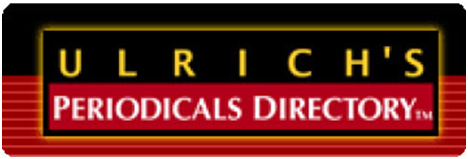




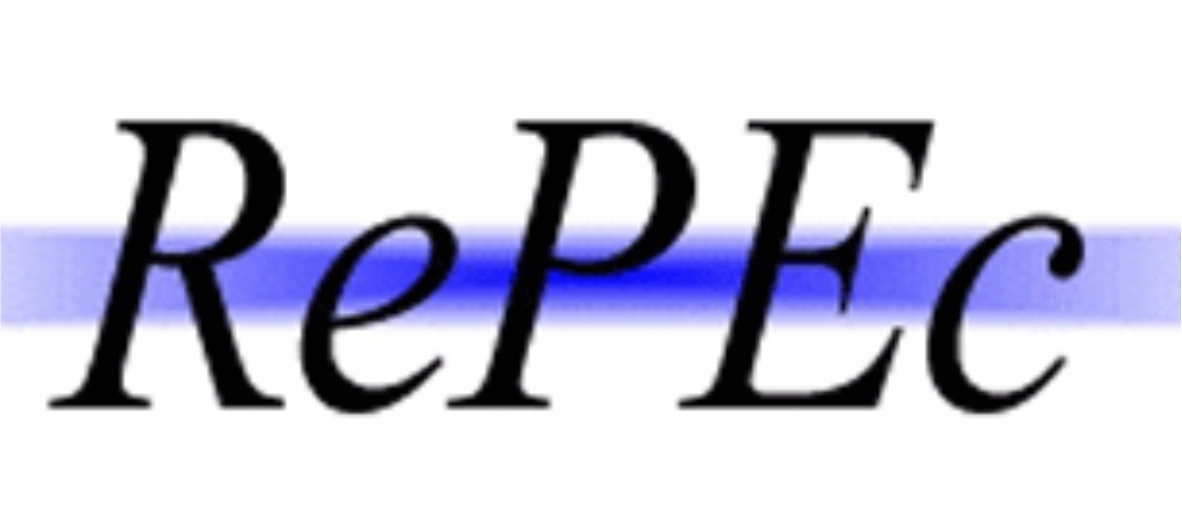

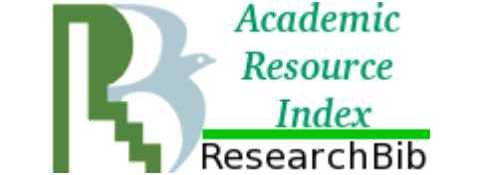

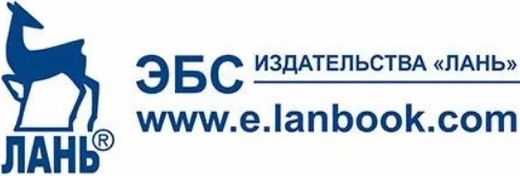
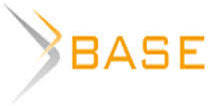


Reference lists
1. Bulanova, E.A., 2017. Features of "lean office"//Modern economy: topical issues, achievements and innovations: Collection of Articles of the XII International scientific and practical conference. In 4 parts. 2017. Pp. 96-99. (in Russian)
2. Bulokhova, T.A., Baranov, A.V., 2018. Analysis of the main results and a problem of introduction of lean production at the enterprises of railway transport //Transport infrastructure of the Siberian region. 2018. Vol. 2. Pp. 63-67. (in Russian)
3. Womack, J., 2018. Lean production. How to get rid of losses and to achieve prosperity of your company. M.: Alpina Pablisher, 2018. 472 p. (in Russian)
4. Kazarin, V.V., 2014. Introduction of lean production in the office: how to develop success //Quality management. 2014. No. 4. Pp. 280-287. (in Russian)
5. Kalinin, I.V., Fatkullin, R.I., Yarmarkin, D.A., Perekhodova, E., Arapov, A.R., 2018. Application of the concept of lean production for increase in overall performance of the enterprise (on the example of OOO “Uralskiye Pelmeni Factory”)//The Bulletin of the Southern Ural State University. Series: Food and Biotechnologies. 2018. Vol. 6. No. 2. Pp. 43-51. (in Russian)
6. Kuchumova, T.I., 2015. Using the principles of lean production to organize work in the office //Economy and society. 2015. No. 1-1 (14). Pp 495-497. (in Russian)
7. Lisin, S. Yu., Pokhodova, I.S., 2015. Lean production as mentality //Automatic equipment, communication, informatics. 2015. No. 9. Pp. 24-26. (in Russian)
8. Naumov, 2014. Lean-approaches in the office: where to look for sources of losses? //Quality management. 2014. No. 3. Pp. 210-215. (in Russian)
9. Polyanskaya, O.A., 2017. Lean Office system //Scientific, technical and engineering developments – a basis for the solution of modern environmental problems: The collection of materials of the seventieth Jubilee All-Russian scientific and technical conference of students, undergraduates and graduate students with international participation. In 3 parts. 2017. Pp. 727-730. (in Russian)
10. Rastimeshin, V.E., Kupriyanova, T.M., 2012. From lean production – to lean offices, logistics, service! //Quality management methods. 2012. No. 11. Pp. 4-13. (in Russian)
11. Stepov, V.V., 2015. Increasing internal efficiency and quality of management in the company //Railway transport. 2015. No. 2. Pp. 32-35. (in Russian)
12. Tepping, D., Dunn, E., 2012. Lean office: elimination of losses of time and money, transl. from English [A. Zalesova, T. Guttman]. M.: Alpina Pablisher, 2012. 320 p.
13. Tkachyov, I.S., Fedorovskaya, V.V., 2018. A research into efficiency of introduction of tools of philosophy of lean production in the Russian economy //Scientific spring-2018. Economic sciences: Collection of scientific works. Scientific electronic publication. Shakhty, 2018. Pp. 145-151. (in Russian)
14. Tregubov, Yu.M., Moiseyev, R.E., Nikolaeva, A.B., 2017. Introduction of instruments of lean production in the non-productive sphere in the industrial enterprise //The Bulletin of the Kazan State Technical University named after A.N. Tupolev. 2017. T. 73. No. 3. Pp. 55-59. (in Russian)
15. Tyrnova, E.A., 2015. Lean office as a way to increase the efficiency of the enterprise //From synergy of knowledge to synergy of business: Collection of articles and theses of reports of the International scientific and practical conference of students, undergraduates, graduate students and teachers. 2015. Pp. 326-330. (in Russian)
16. Urazayeva, L.Yu., 2017. Web cases as an educational tool of culture of lean production //Education system and technologies of lean production: Materials of the intramural and extramural Regional scientific and practical conference. 2017. Pp. 59-65. (in Russian)
17. Fabricio T., Tepping D., 2012. 5S for the office. How to organize an effective workplace / Lane with English – M.: Institute of complex strategic researches, the 2nd prod., 2012. – 214 pages. (in Russian)